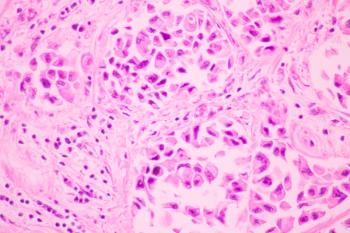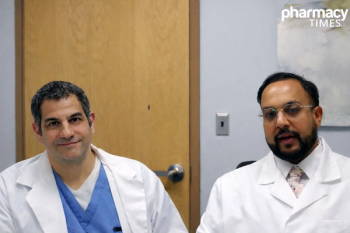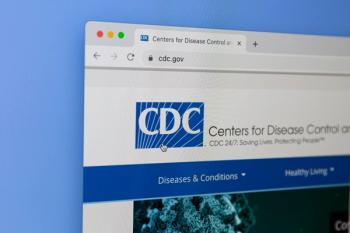
US Hospitals Increase Ebola Preparedness Efforts
Major emphasis placed on training efforts throughout the US.
Major emphasis placed on training efforts throughout the US.
With administrators increasing staff training efforts for the Ebola virus at medical facilities throughout the United States, radiology departments are emphasizing protocols for performing imaging procedures on isolated patients.
In a report from the National Institutes of Health (NIH) and Emory University School of Medicine, radiologists outlined basic protocols and recommendations to ensure the safety of staff members caring for infected patients.
"Clear and frequent communication with the health care staff is essential during this time of heightened public concern and understandable caution," said report co-author Carolyn C. Meltzer, MD, in a press release. "For example, at Emory University Hospital, open town hall information sessions, the wide dissemination of standardized screening protocols, and close intra- and interdepartmental communication have supported a safe environment in caring for patients with Ebola virus."
Medical imaging in the care of Ebola patients is currently utilized to exclude other diagnoses or assess potential complications from the virus. Therefore, radiology staff are charged with caring for the patient while simultaneously maintaining their own personal protection within a specialized isolation unit.
At training sessions held by the NIH, radiology staff directly caring for Ebola patients work to develop standard operating protocols for performing imaging procedures with portable x-ray units and bedside ultrasound imaging in biocontainment units.
Current procedural guidelines utilize 2 different strategies for the process.
The first involves radiologic technologists not entering an infected patient's room, instead staying in the anteroom to provide verbal instructions for the use of equipment by nurses or physicians inside the patient’s room.
In the second approach, radiologic technologists enter the patient’s room to assist in operation of the imaging equipment, which is needed when the procedure utilizes more complex equipment.
"Medical imaging does not provide diagnosis of Ebola virus disease, but patient assessment in the emergency department and treatment isolation care unit is likely to require imaging services," said report co-author, David A. Bluemke, MD, PhD, in a press release.
The report notes that efforts should be made to perform general x-ray procedures in isolation rooms as opposed to transporting patients directly to the radiology department, which requires significant precautions through cooperation with the hospital's infection control team.
"Radiology staff directly involved in the care of patients with Ebola virus disease need to be identified and educated regarding procedures of the isolation unit and regarding appropriate donning and doffing of correctly-sized personal protective equipment," Dr. Bluemke said. "Open and frequent communications are essential."
Newsletter
Stay informed on drug updates, treatment guidelines, and pharmacy practice trends—subscribe to Pharmacy Times for weekly clinical insights.













































































































































































































